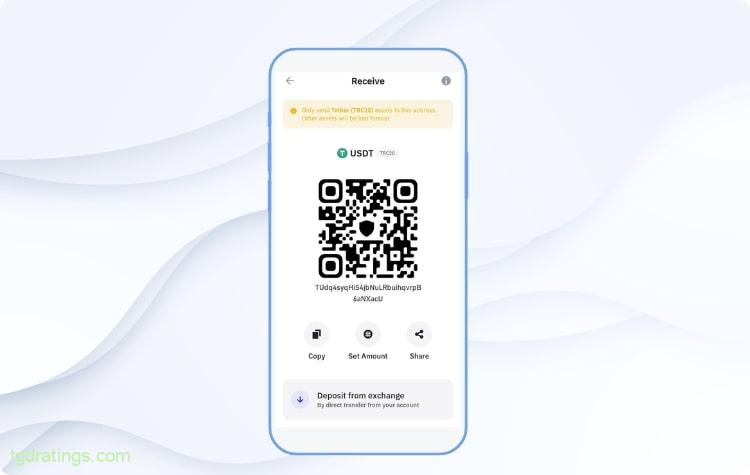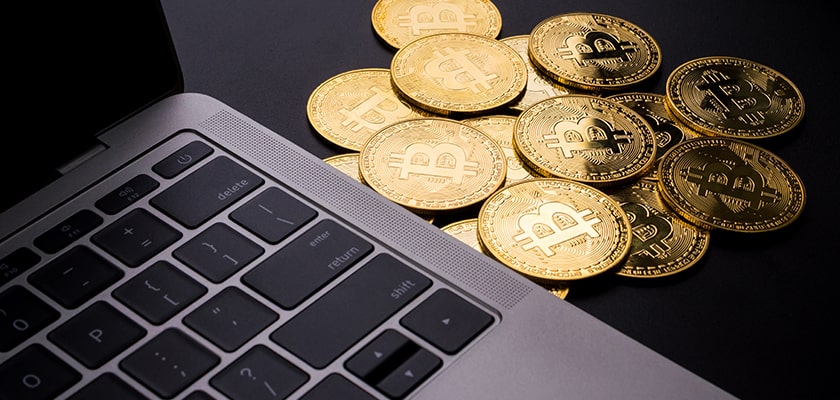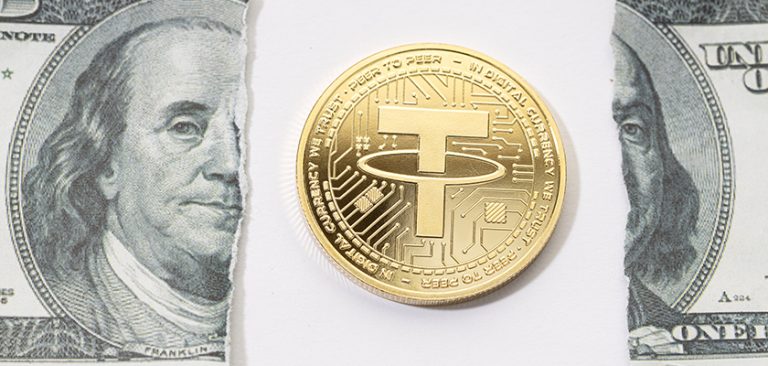Which Network to Choose for USDT Transfers?
Tether (USDT) is the leading cryptocurrency in terms of the number of transfers. It does not have its own blockchain – instead, it operates on the digital infrastructure of other networks. This raises the question: ‘Which network should you choose for your digital dollar transfers?’
What is a USDT transaction?
A USDT transaction is a transfer of Tether tokens between cryptocurrency wallets. The process is similar to other cryptocurrencies. Given that USDT does not have its own blockchain, the terms and fees depend on the selected network.

The USDT stablecoin can be sent to any wallet within the network you are using, but not between different blockchains.
When sending/receiving USDT, it is important to know how to track the transfer on the selected network. For this purpose, Blockchain explorer services are used. The list of services for the Tether networks discussed in this article is provided in the table below.
| Network for Tether | Blockchain explorer |
|---|---|
| Ethereum | etherscan.io |
| Tron | tronscan.org |
| Binance Smart Chain (BSC) | bscscan.com |
| Polygon | polygonscan.com |
| Solana | solscan.io |
| Avalanche | avascan.info |
| Arbitrum | arbiscan.io |
Which blockchain networks does USDT operate on?
Tether tokens operate on more than 10 blockchain networks, but we will take a closer look at the seven most popular ones: Ethereum, Tron, Binance Smart Chain, Polygon, Solana, Avalanche, and Arbitrum.
1. Ethereum
The second network (after Omni Layer) on which Tether began operating is Ethereum. The ERC-20 protocol is used for digital dollar tokens here. The transaction price in Ethereum depends on the network commission (GAS): the higher the network load, the higher the GAS. The commission is paid in ETH. On CEX exchanges, the withdrawal commission is usually fixed and averages $2–7.
Despite the popularity of ERC-20, transaction speeds and costs are higher here than on other blockchains.
Among the reliable wallets for working with Tether (ERC-20) are MyEtherWallet (MEW), MetaMask, TrustWallet, and Payeer. In addition, USDT ERC-20 is supported on all centralised exchanges where Tether is available.
2. Tron
Tron is currently the most popular network for Tether. Most USDT tokens are issued based on the TRC-20 protocol. There are two reasons for this: high blockchain throughput (over 2,500 transactions per second) and low transfer fees. In most cases, the transaction cost is no more than $1, regardless of the amount sent. When withdrawing Tether (TRC-20) tokens from centralised exchanges, the fee is usually fixed at $1–2.
Among the Tether crypto wallets for the Tron platform, we can highlight TronLink Wallet, Trust Wallet, Atomic Wallet, and Guarda. Just like USDT on Ethereum, USDT on Tron is supported by almost all CEX platforms.
3. Binance Smart Chain
Binance Smart Chain (BSC) is a blockchain from the Binance crypto platform, created based on the Ethereum source code. The BEP-20 protocol is used for Tether tokens in BSC. Commissions within BSC are paid in BNB tokens. Transfers take a few seconds, and fees range from $0.01 to $0.5. Withdrawals from crypto exchanges cost $0-0.1. Just like with Ethereum, you can set delivery priority by increasing the GAS value. But even with minimal fees, transfer speeds are high.
Crypto wallets such as Binance Web3 Wallet, Safepal, Atomic Wallet, MetaMask, Trust Wallet, and Math Wallet are suitable for Tether BEP-20. The BSC blockchain for Tether is the best option for withdrawing tokens from crypto exchanges such as Binance or ByBit due to its low fees and high transfer speed.
4. Polygon
Polygon is an advanced second-layer (L2) network built on Ethereum. The network has high throughput, allowing up to 65,000 transactions per second with low fees. Fees are paid in MATIC tokens. The fee for withdrawing USDT Polygon from CEX exchanges is usually less than $1, regardless of the amount.
Wallets that work with Tether on Polygon: Trust Wallet, Phantom, Trustee, and Atomic Wallet. CEX exchanges also often support the digital dollar on Polygon, but its less popular the previous blockchains on the list.
5. Solana
Solana is a first-level blockchain that uses a hybrid consensus system (PoS + PoH). This allows for high transfer speeds – theoretically up to 710,000 TPS, but in practice it is around 5,000 transactions per second. In terms of the number of USDT transactions, Solana is close to Ethereum and Tron, especially on centralised exchanges.
Commissions are paid in SOL coins. The transfer cost is very low – on average ~$0.00064. When withdrawing from a crypto exchange, the rate is higher – $1–2.
Suitable wallets for Tether transactions on Solana are Phantom, Solflare, Trust Wallet, and Exodus Wallet.
6. Avalanche
Avalanche is an independent first-level network (mainnet). Transaction processing time on Avalanche is less than 3 seconds, and throughput is about 6,500 transactions per second. The AVAX coin is used to pay for USDT transfers.
Crypto wallets such as MathWallet, MetaMask, and Trust Wallet are suitable for USDT transactions on Avalanche.
7. Arbitrum
Arbitrum is a second-layer (L2) network based on Ethereum with improved characteristics: transfer speeds are higher than on Ethereum, and fees are lower. Arbitrum has its own token, ARB, but all transfer fees are paid in ETH.
The disadvantage of Tether on Arbitrum is its lower popularity compared to other blockchains. In addition, not many centralised exchanges support Tether on the Arbitrum network.
Wallets such as Binance Web3 Wallet, Trust Wallet, MetaMask and Exodus are suitable for storing USDT tokens on Arbitrum.
How to choose a network for USDT transfers
When choosing a network for Tether, consider the following factors:
- Transaction speed. The best networks from the list for fast USDT transfers are Avalanche, Arbitrum, and Solana.
- The fee amount. Fees from frequent transfers may add up to a considerable amount. In this case, Solana, Binance Smart Chain (BSC), and Tron networks are best.
- Network support by exchanges and crypto wallets. A large number of CEX exchanges and crypto wallets support Tether on the Ethereum (ERC-20) and Tron (TRC-20) networks. Less common but also popular networks for Tether are Binance Smart Chain, Solana and Polygon.
In this article we looked at a partial list of networks where USDT operates. It does not include Cosmos, TON and Optimism, which also support Tether. It should be noted that the list of blockchains on which the digital dollar operates may be changed or expanded over time.
Conclusion
Tether does not have its own blockchain, using the Ethereum, Tron, Binance Smart Chain, Polygon, Solana, Avalanche, Arbitrum and other platforms. Ethereum (ERC-20) is suitable for infrequent transfers. Inexpensive transactions are available on Binance Smart Chain (BEP-20) and Solana. Avalanche and Arbitrum offer the fastest transfers. Tron and Polygon are a good middle ground in terms of speed, fees and popularity.
Frequently asked questions


Comments (2)













